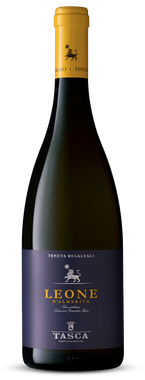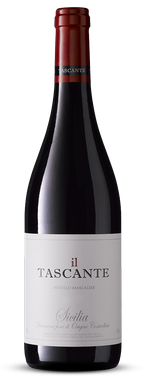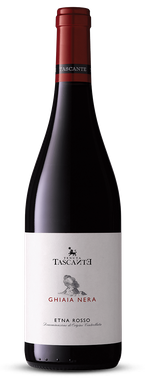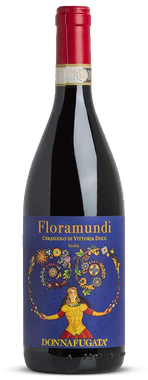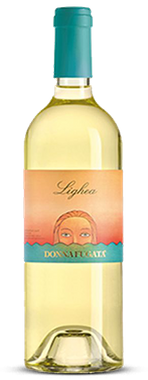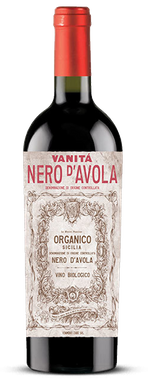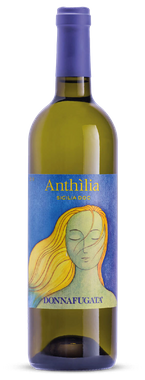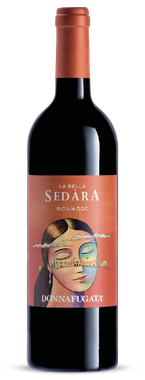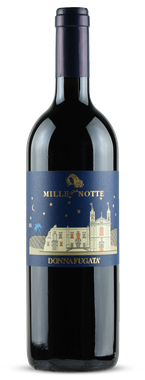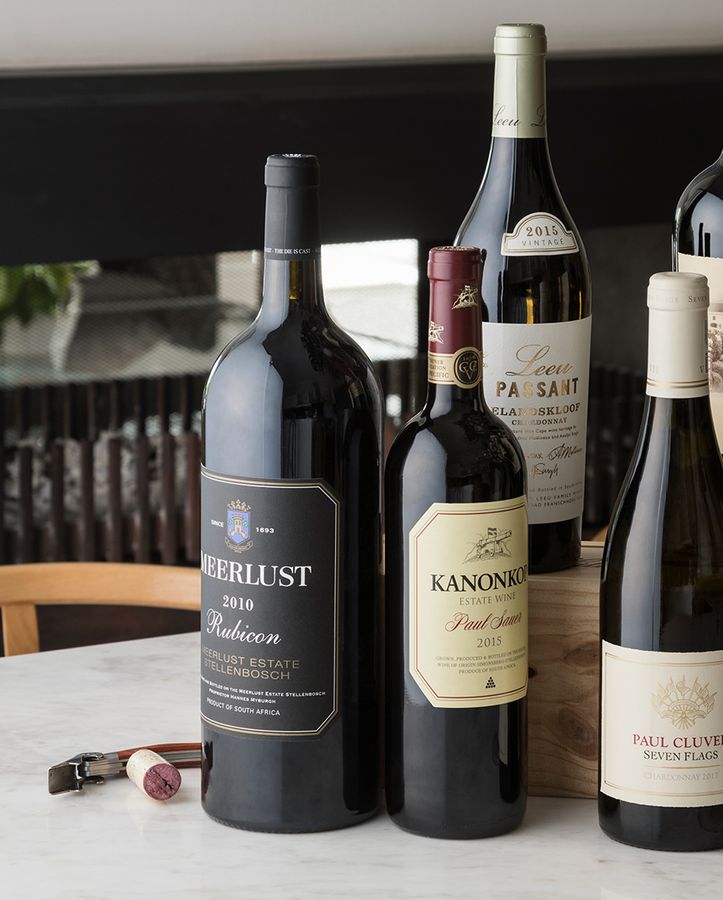The land seems infused by the different cultures it has played host to over the centuries. The Greeks, Romans, Germans, Spaniards and Arabs all either passed through or stayed, leaving bits of themselves as they went. The constant flux of people is mimicked/immortalised by Mount Etna, the largest of three active volcanoes in Italy, whose last eruption occurred only last December at the time of writing. The resulting fertile volcanic soils are in stark contrast to the chalky, calcareous soils found just at the opposite end of the island - which, as you can imagine, makes for captivating wine tasting from one end to the next.
Given the island’s distinctive character (for want of a better word), it seems only fitting that it also has its own set of grape cultivars, most likely introduced by the various rulers and settlers that inhabited the land; and like them, now deemed native Sicilian. Sicily’s main red cultivars include: Nero d’Avola, Nerello Mascalese and Nerello Cappucio. And the white: Grillo, Carricante and Catarratto. Yes, you may still encounter a Syrah or a Chardonnay, but the unknown is so much more exciting, no? In recent years winemakers have abandoned high-volume production in favour of terroir specific wines and we are eagerly making our way through recent additions to understand Sicilian wine.
Winery in point, Donnafugata. A family-owned vineyard, managed and farmed by the Rallo family, who have been making wine in Marsala since 1851. With four estates in Sicily, 283 hectares at Contessa Entellina, 36 hectares in Vittoria, 68 hectares on the island of Pantelleria and 18 hectares on the slopes of Etna - their range of wines offer a comprehensive cross-section of Sicilian wine. The name meaning ‘woman in flight’ was taken from the novel by Tomasi de Lampedusa entitled Il Gattopardo (The Leopard) and refers to the story of Queen Maria Carolina, who escaped the court of Naples in the early 19th century with her husband, Ferdinand IV of Bourbon, when Napoleon’s troops arrived. They took refuge in Sicily at the Santa Margherita Belice palace. Her face adorns each bottle of Donnafugata, the labels and names each a work of art, an homage to art and literature.
We suggest you start here and work your way through the other Sicilian wines in our catalogue to discover the nuances of Sicilian wine from volcanic soils to Mediterranean coast.
